By Jenya Meydbray
 Since rejoining the team at PV Evolution Labs (PVEL) in January, I’ve been reaching out to solar project developers to discuss the most interesting and potentially commercially impactful advancements in solar PV technology – and bifacial modules are a hot topic. The conversation usually goes like this: “I’m interested in scoping bifacial modules, but I’m concerned that my investors and lenders will be hesitant and that independent engineering firms (IEs) will take conservative assumptions where we lack strong data. Who wants to be a guinea pig?”
Since rejoining the team at PV Evolution Labs (PVEL) in January, I’ve been reaching out to solar project developers to discuss the most interesting and potentially commercially impactful advancements in solar PV technology – and bifacial modules are a hot topic. The conversation usually goes like this: “I’m interested in scoping bifacial modules, but I’m concerned that my investors and lenders will be hesitant and that independent engineering firms (IEs) will take conservative assumptions where we lack strong data. Who wants to be a guinea pig?”
As an independent test lab and advisor to the downstream PV buyer community, we help our partners vet and validate new and existing technology. For newer products like bifacial modules, this process goes beyond evaluating performance and reliability in a lab setting. Developers, financial institutions and IEs need empirical field performance data to confidently forecast a system’s lifetime energy yield. Depending on whom you ask, bifacial modules could deliver increased energy yields of:
- Up to 36% for a 2.5kW rooftop test system in the Netherlands.
- About 19.5% for 1.25MW power plant in Japan.
- About 12% for a 550 kW array at the La Silla Observatory power plant in Chile.
Typically, IEs base their energy estimates on third-party pan files, incident angle modifiers (IAM) performance tables, light induced degradation (LID) and light and elevated temperature induced degradation (LeTID) rates, and many other assumptions. New module-level performance characteristics and system-level design details must be considered for bifacial systems, such as front vs. back LID and LeTID, bifaciality factor, racking design, module orientation, ground albedo (defined as light reflected from the ground) as a function of season, and spectrum of albedo just to name a few. When strong field validation across many varied geographies is missing, independent engineers will typically use conservative assumptions to estimate energy yield.
Energy models are only as good as the confidence they instill in the IEs and the financial community they represent. To help address the challenge of the lack of field validation, PVEL is currently focused on research to validate energy models and reduce barriers to widespread commercial adoption of bifacial technology. For example, PVEL is conducting year-long energy yield study supported by U.S. Department of Energy (DOE) and managing a similar DOE-supported project for Cypress Creek Renewables. While PVEL is at the cutting edge of bifacial research and I’m proud of the work we’re doing, it’s not enough – more must be done.
Bifacial technology is the largest single step function improvement in PV energy yield and levelized cost of energy (LCOE) since the introduction of trackers. Just as PV trackers resulted in substantially increased PV absorption of available irradiance, bifacial modules might be the difference between a project that delivers strong financial returns and a project that never gets built. Bifacial technology could drive down LCOE by increasing energy yield per module and per square meter – but without undue added costs. Many manufacturers are retooling existing passivated emitter and rear cell (PERC) lines to bifacial with minimal tool changes. It’s likely that bifacial modules will make unsubsidized solar power cost-competitive with fossil fuels in markets that are subsidized today.
Given its potential impact, it’s time to get serious about accelerating widespread commercial adoption of bifacial modules. They’ve been making the rounds of trade show exhibition halls since at least 2017 and were in R&D labs for at least a decade before that. They are not another gimmicky silver bullet that claims to boost returns or reduce risk. By design, bifacial modules roughly double the amount of active area that can absorb sunlight. Thanks to transparent backsheets or glass on the back side, albedo can reflect back onto the solar cells, thus increasing energy yield…by how much, exactly? Was it 36%, 19.5% or 12%? Well, the real answer is “it depends”.
This question is the crux of the problem. Developers and IEs lack sufficient empirical data to confidently verify assumptions that drive the energy models for bifacial modules and systems. And while the industry transitions to PERC cell enabled bifacial technology, developers and IEs are nervous about LeTID. Of course, their financing partners share these concerns. Due to mounting cost pressure on projects, it’s not a desirable effect for developers, investors or asset owners when a PV system produces more than initially expected. Underestimating the energy yield will reduce the amount of debt that can be supported by a project.
PPA rates have fallen so low and margins are so narrow that overproduction tomorrow means that someone is losing money today. The potential of increased energy yield at minimal cost, the chief virtue of bifacial modules, may also hold back their adoption without better understanding and validation of the factors that impact the energy yield boost. Due to the lack of commercial deployment and performance data, independent field testing is crucial for independent engineering firms to become comfortable quantifying the performance gains of these modules.
Nevertheless, module manufacturers are marketing bifacial products with minimal supporting data – including every one of the top 10 PV module manufacturers. However, only a few have announced major supply agreements for large-scale bifacial projects outside of China; for example, Canadian Solar’s nearly 200MW for projects in Australia and Canada and a 10MW order for Neighborhood Power in the U.S., plus JA Solar’s 3MW mining project in Brazil.
Of course, some manufacturers could have confidential supply agreements for bifacial modules in place. But I know from talking to PVEL’s downstream partners that most developers and investors see them as risky. With so few projects in the field and so little performance data, they cannot overcome the uncertainty to get deals with bifacial modules done today. It’s time for dedicated, systematic research of all of these modules – because that’s what it will take to push bifacial technology into the mainstream.
Jenya Meydbray is the CEO of PV Evolution Labs
The views and opinions expressed in this article are the author’s own, and do not necessarily reflect those held by pv magazine.
This content is protected by copyright and may not be reused. If you want to cooperate with us and would like to reuse some of our content, please contact: editors@pv-magazine.com.
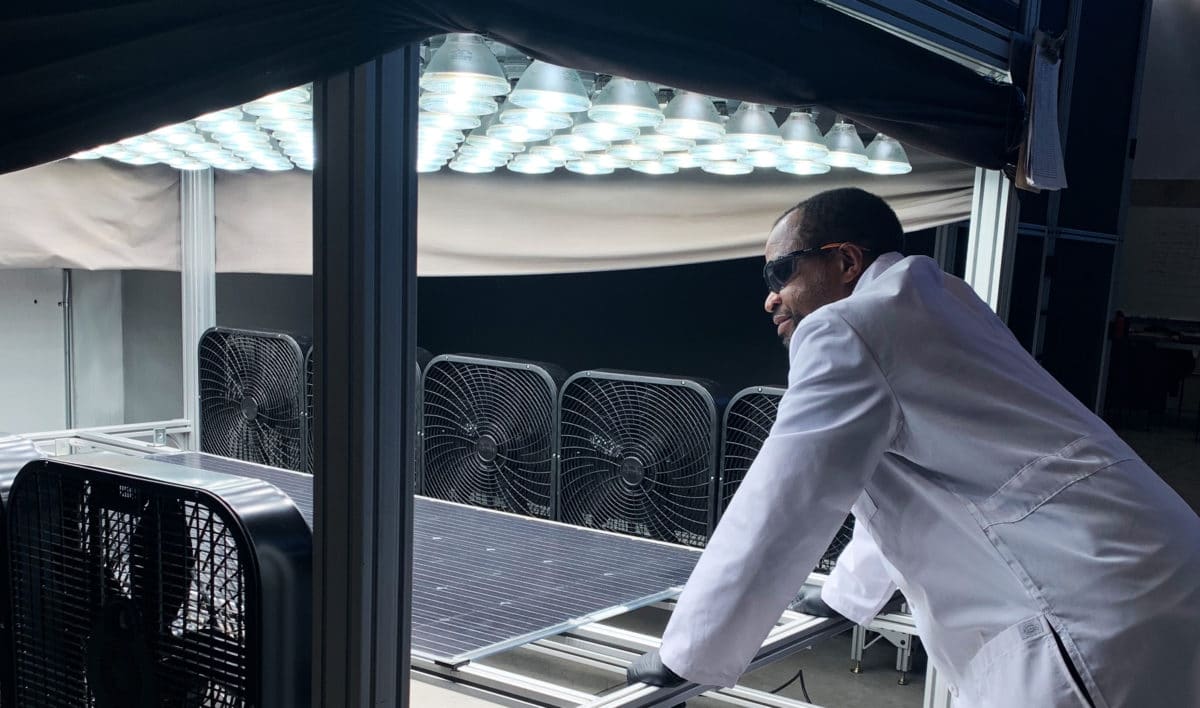
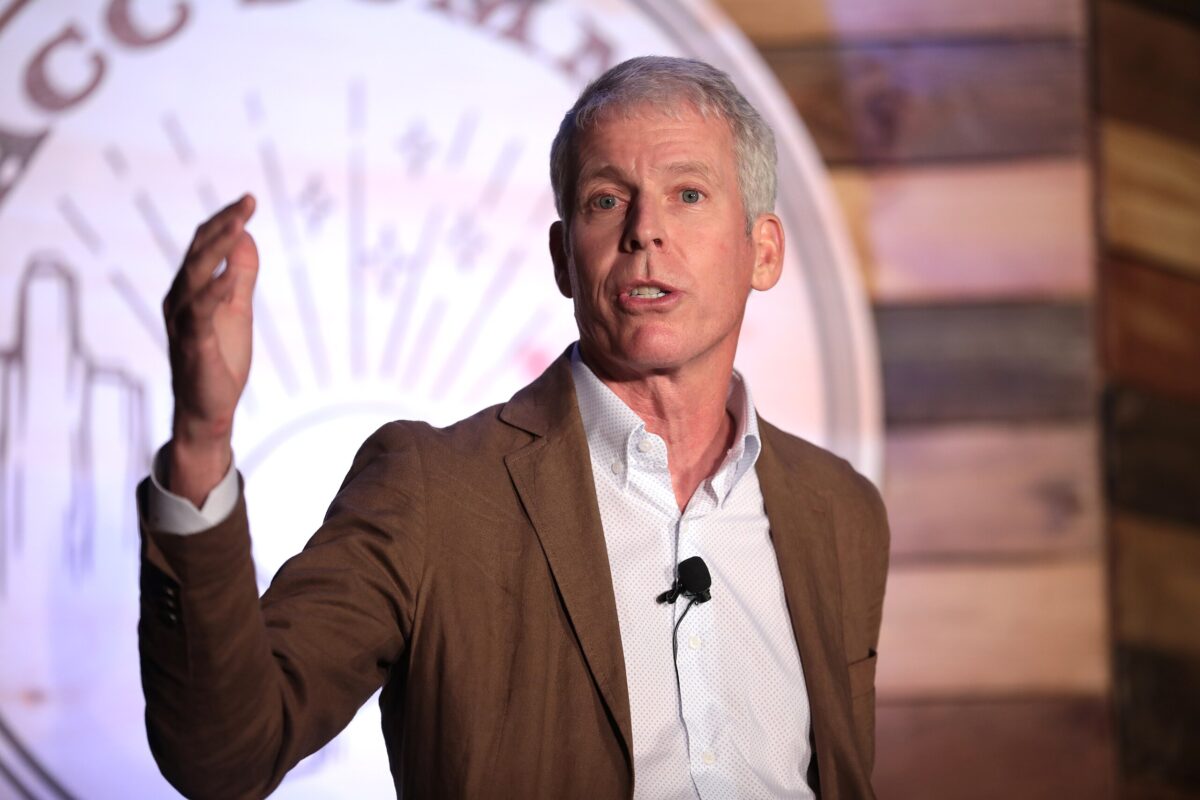



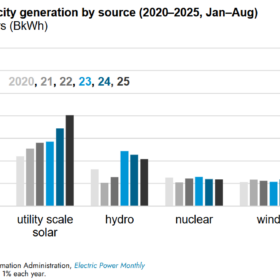
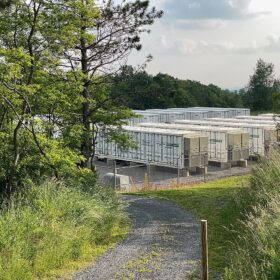
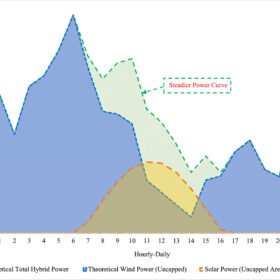
If I were a bi facial solar module manufacturer, I would focus on the following markets:
1) utility-scale accordion-style racking for maximum density
2) similarly, East-West racking for commercial white roofs
3) residential re-roof using white rolled shingles as the roof sheathing
4) residential new construction using shared rail racking for building integrated photovoltaics
if bifacial manufacturing fails, it will be because they do not understand the downstream applications of their products
Thanks for the comment John, East/West racking is a very interesting solution for low-cost implementation for monofacial applications.
The issue with East/West racking for bifacial applications is covering the ground. Bifacial yield is pretty sensitive to Ground Coverage Ratio (GCR) which is just row to row spacing. The more sky that the ground “sees” the higher the reflection to the back of the module. Greater row to row spacing results in higher bifacial yield boost but less efficient use of land. And the benefit obviously saturates at some point so there is an optimization that’s likely project dependent.
I headed up a project that called for bifacial panels on a commercial roof with a new white TPO roof being installed. This system has been operating now for almost two years.
We found that the spec sheet called for up to a 25% increase in energy production for a fixed tilt of 30 degrees with a white TPO. The first-year yield showed a 32% increase in estimated energy production and I used a conservative 20% in the initial estimate as to not to over-promise and under-deliver. I have since moved onto another solar company so I have not seen data for the last year.
Wow, that’s a huge bifacial yield boost! Great to see. One of the difficult topics around determining Bifacial yield boost is the benchmark one is comparing to. Many of the early test projects I’ve seen have a monofacial reference block used for comparison, this obviously won’t be realistic long term. Thanks for sharing, the more real-world bifacial data that gets out there the better for accelerating adoption.
Here in Japan I am seeing resistance to adoption of bifacial modules in utility scale projects due to the conservative stance of investors and EPCs.
The chicken-and-egg is the lack of usage causing a lack of trust in the technology, which makes it less bankable, as the risk perception is higher.
(You could argue that the Japanese manufacturers have no bifacial modules, so they have an incentive to suppress usage thereof, but I don’t think that they are relevant out side of home use, anymore)
How to deal with this lack of acceptance is:
a) educate the investors
b) publish reports on the longevity and reliability over time (yes, we’ll also have to find a way to prove the validity of accelerated MTBF tests) – this is where PVEL, DNV, B&V and TUV could help.
Specifically I would like to see more videos of tests done on micro cracks of bifacial (dual-glass) modules, as well water ingress data of both back-sheet modules and dual glass modules. Details of the drying process after EVA lamination in the fab would be helpful for the more technically savvy investors.
Thank you for the article. There are a few statements made that are not explained well, shown below:
“Due to mounting cost pressure on projects, it’s not a desirable effect for developers, investors or asset owners when a PV system produces more than initially expected. Underestimating the energy yield will reduce the amount of debt that can be supported by a project.”
Can you provide clarity why underestimating the yield will reduce the amount of debt that can be supported?
Matt,
A higher yield means it can generate more electricity (revenue) for the same cost to construct. Plants are funded by banks usually, and so if a project is worth more with one yield estimate compared to another estimate, the banks will lend more money, since the higher yield estimate shows the plant will generate more revenues.